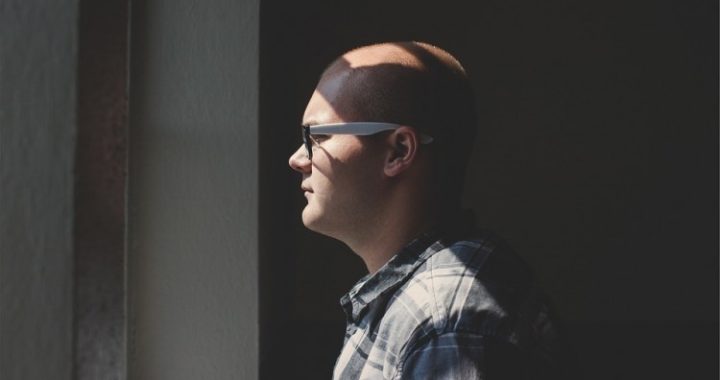Last Updated on May 9, 2020 by Robert Price
Here’s a reader question from “Jay,” who is wondering whether finasteride can help with his receding hairline and if it will be “worth it” for him to try it. Question below:
Hi there, I have a gradually receding hairline predominantly at my temples. Is it worth starting finasteride in your honest opinion? As I heard that finasteride was not very effective on the temples. I have been using regaine for 2 years now and my hair is still shredding and receding. Every time I put my hand in my hairs a few drop down. Thanks very much! I cannot thank you enough for your advice on your website! Best, J
While I can’t necessarily make a recommendation without knowing your full hair loss status (age, extent of loss, etc.) I’d venture to say that yes, finasteride will be helpful in your situation.
While finasteride/Propecia works best on crown or vertex balding, it definitely can help fill in the temporal region too. Given that you’re still experiencing shedding after two years on minoxidil, and that hair falls out every time you put your hands through it, my guess is that you’re dealing with a progressive form of male pattern baldness, AKA androgenic alopecia. So even though your crown may not be thinning now, I imagine it’s likely that you’ll experience some form of crown hair loss in the future.
If that’s the case, Propecia/finasteride is the most potent weapon to address the problem at its source, by far. There are other options like minoxidil which you’re taking and laser therapy — but nothing will be as effective as finasteride.
In a five-year study with 277 participants, researchers concluded that finasteride helped 65% of the participants either improve or maintain their hair counts (source).
Worth It or No?
You also asked whether finasteride was “worth it,” by which I assume you mean worth the risk.
Accordingly, I believe this article may be a useful resource for you if you haven’t read it already: A Long, Hard and Honest Look at Propecia – Is It Worth the Risk?
As you probably know, the advertised rate of side effects is low, around 1-2% I believe. And the primary studies show that all side effects cease once an individual stops taking the medication. Nevertheless, doctors appear less likely to prescribe the drug today than they were 10 or even 5 years ago, and those statistics don’t take into account the “nocebo” effect. Thanks for the question. If you’re looking to weigh the pros and cons of Propecia, here are a few more articles that may help you:
- Top 10 Reasons to Give Propecia a Chance
- 10 Things I Hate About Propecia
- Low-Dose Propecia – 5 Things You Should Know Before You Start a .25 or .5 Finasteride Regimen
Robert Price is a writer, consumer advocate, and hair loss researcher with thousands of hours of experience in the field. His goal is to keep you out of the hair loss rabbit hole, underworld, or whatever you want to call it. He founded Hair Loss Daily, the unbiased hair loss blog, in 2016. You can learn more about Robert in the my story section of this website.

